The Defense Department’s decision late last year to allow women to serve in all combat roles has sparked intense debate on whether women should also be required to register for the Selective Services’ draft. This week on Cornerstone, we ask: is the inclusion of women in the draft simply an issue of equal access and opportunity, or does it have wider implications for religious groups and society at large?
By: Teresa Donnellan
The inclusion of women in the draft is an issue of equal access and opportunity. Men and women are equal under the law.
The 1981 Supreme Court decision Rostker v. Goldberg ruled in favor of the exclusion of women from the draft. However, a 1994 report from the Department of Defense acknowledged the increasing role of women in each of the Armed Services. Furthermore, the report states, “much of the congressional debate which, in the court’s opinion, provided adequate congressional scrutiny of the issue [of women in the draft]…would be inappropriate today.” The report concluded that women in the draft were not necessary but that at the same time “the success of the military will increasingly depend upon the participation of women.”
That report came out over 20 years ago. Perhaps it’s fair that we revisit the topic now on the grounds of gender equality.
I have encountered a few religious objections to women in the draft, and several arguments that women in the draft would be detrimental to American society. Without a doubt, including women in the draft would challenge existing paradigms of conscription. But the wider implications for religious groups and for society at large can and should be addressed rather than used as scare tactics to shut down the idea entirely.
The primary religious objections to women in the draft seem to be rooted in the Judeo-Christian idea of complementarity between a man and a woman. No one can deny the differences between the sexes. Each person drafted is subject to a mental, physical, and moral assessment before he is allowed to enter military service. Perhaps fewer women will pass the physical assessment than men. Some women will pass the assessment, and they ought to serve their country. Perhaps the draft’s assessments will change along with the evolving, increasingly technological nature of military combat, which may lead to more women being able to serve in combat positions. The concept of complementarity ought to be taken into account whilst laying out the plan for female conscription in order to properly account for the religious freedom of Americans who subscribe to it. However, it should not bar women from the draft.
A second argument against women in the draft involves Catholic doctrine’s Mulieris dignitatem, which asserts that the principle duty of a mother should be to her children. By this doctrine, a practicing Catholic mother has grounds on which she might conscientiously object to the draft. Perhaps parental duty could be addressed further by a rule limiting the number of parents drafted per family. It’s not impossible to allow observant Catholics to participate in the draft; it just requires consideration of Catholic doctrine.
Outside of the realm of religious objections, social objections to women in the draft also exist. Two concerns mentioned in an earlier response to this topic are that the inclusion of women in the draft would increase sexual tension and weaken unit cohesion. With respect to the first of these concerns, considerations for the drafted women would need to be made. I imagine separate living quarters for men and women; a set of guidelines as to how draftees are to interact with their peers; and maybe even a strict chastity policy to save our boys from those temptresses.
The second concern is counterintuitive; as the fundamental unit of society is the nuclear family, which is founded upon the strong bond between a man and a woman, including women in the draft could just as easily serve to strengthen unit cohesion. There is no simple solution to the incorporation of women into the draft, but it’s not out of the question.
In all, the religious and social concerns over women in the draft call for creative solutions. Freedom of religion is our first freedom, but we don’t need to retreat at the slightest challenge to one’s religious freedom, especially when an American principle as important as equality is on the line.
Teresa Donnellan is a 2016 graduate of Georgetown College, having majored in economics and English.
This piece was originally authored on April 8, 2016 for the Religious Freedom Project at Georgetown’s Berkley Center for Religion, Peace, and World Affairs.
THE RFI BLOG
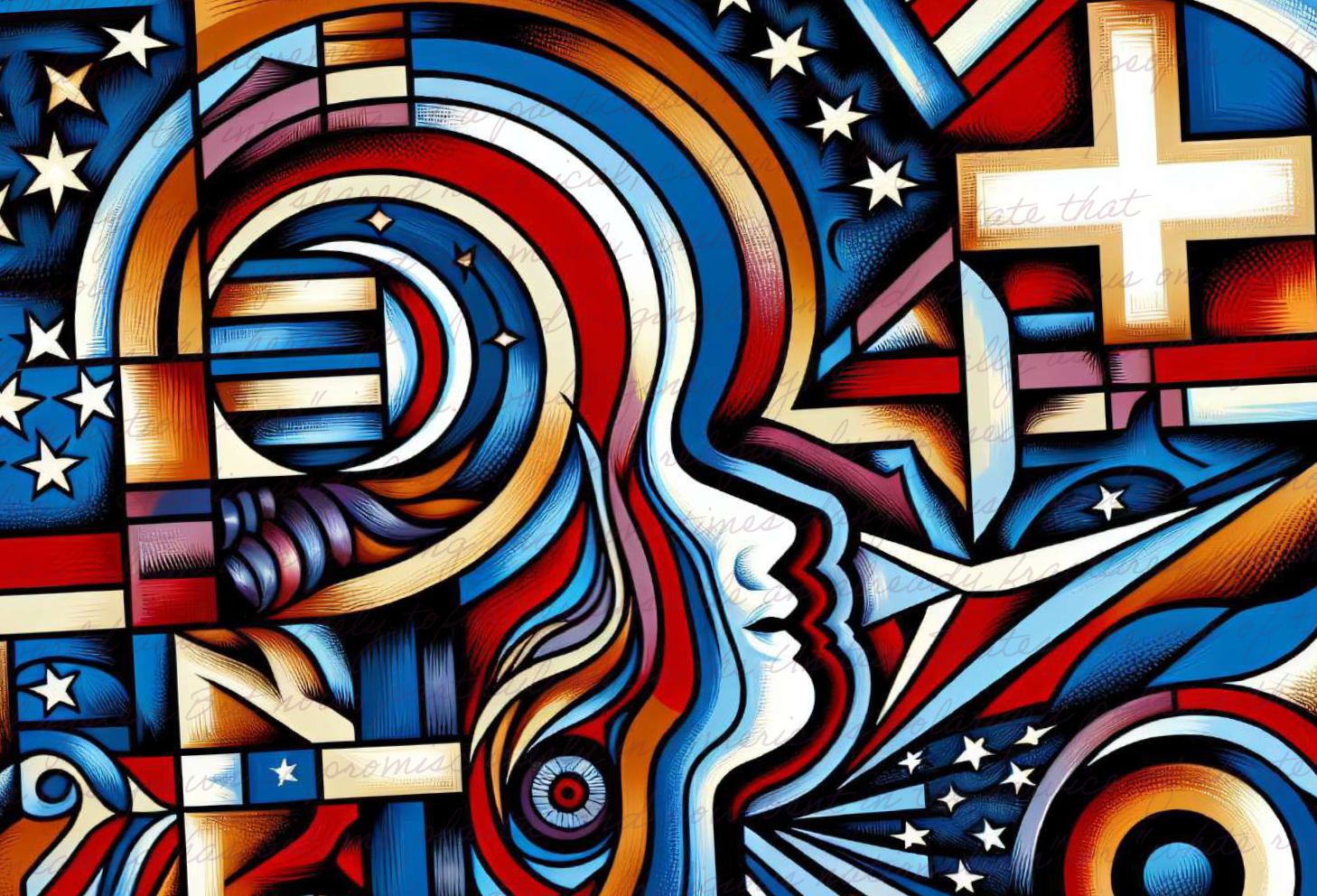
Myths of Religious Nationalism in America and Abroad
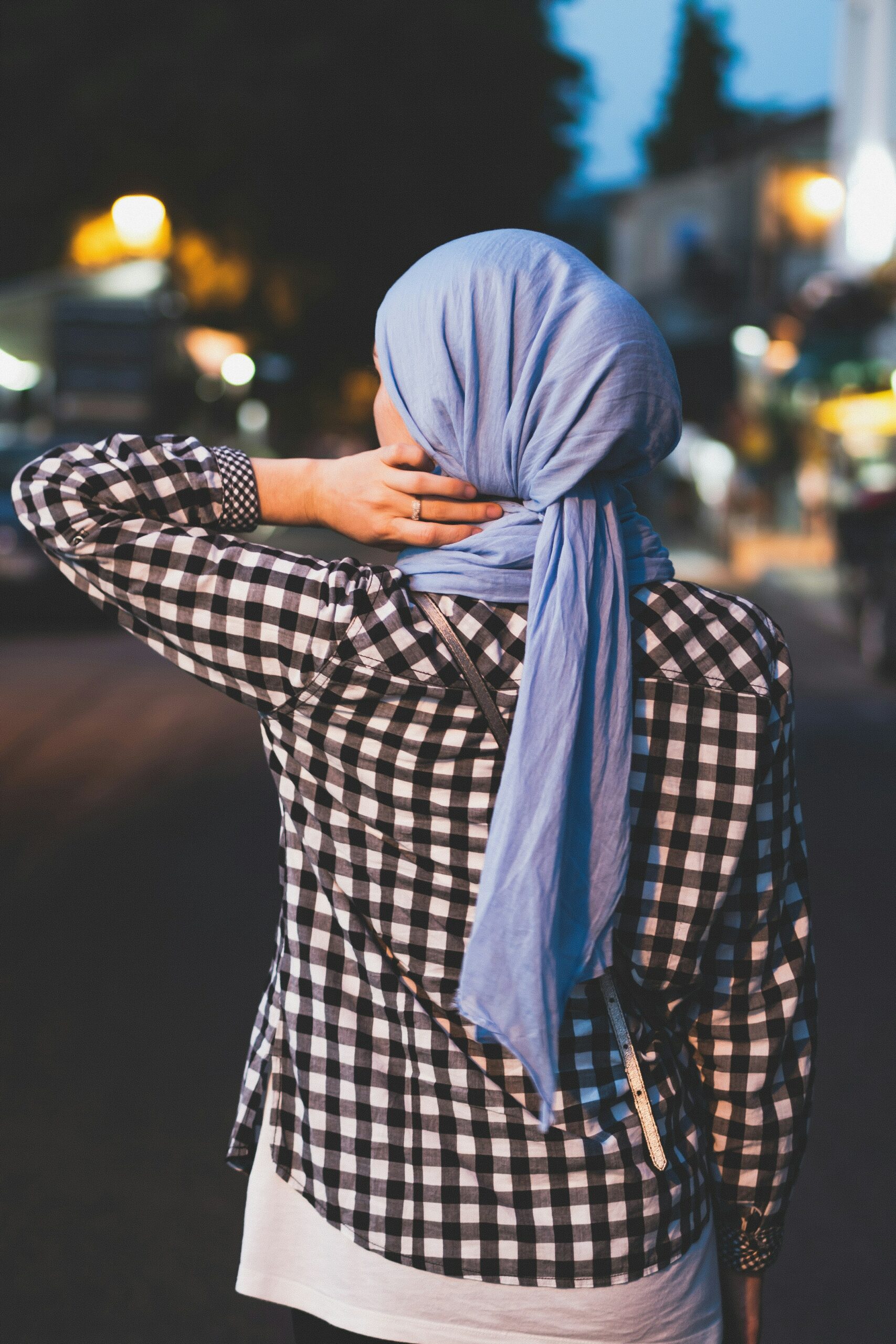
France’s Olympic Hijab Ban Violates International Law And Exacerbates Tensions
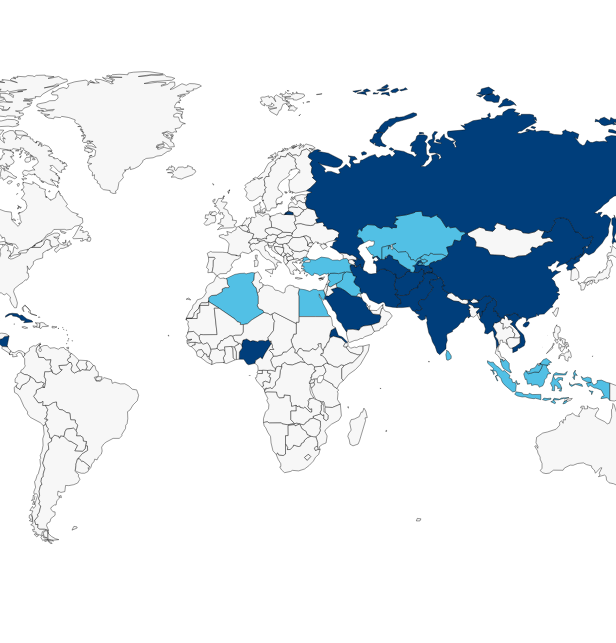
RFI Briefs USCIRF on Lessons from 25 Years of U.S. Designating Religious Freedom Violators
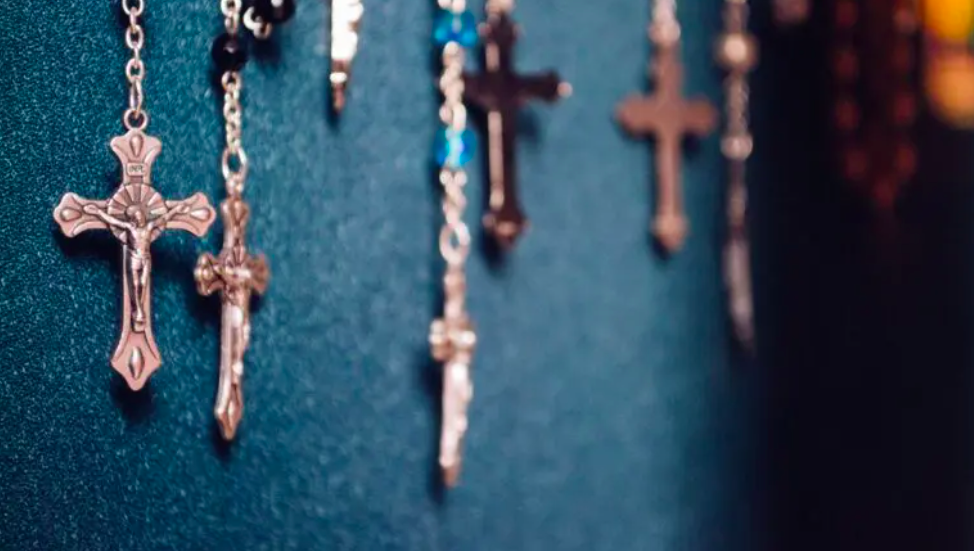
Thought Police: Protecting the People from Prayer
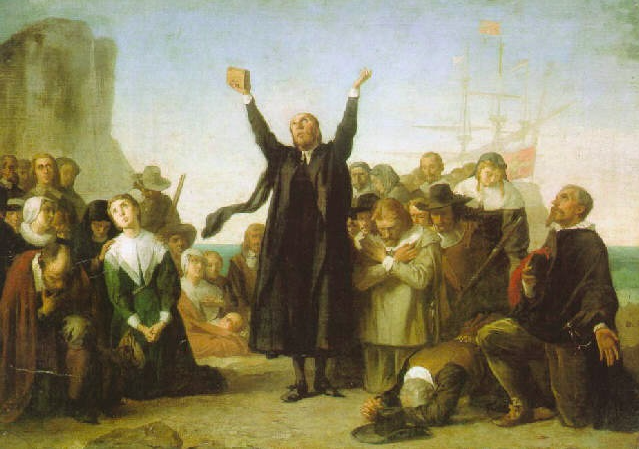
A Religious “Delaware”: Establishing a State Haven for Religious Corporations
CORNERSTONE FORUM

Challenges to Religious Freedom in Iraq and the Critical Need for Action

Public Bioethics & the Failure of Expressive Individualism

Religious Liberty in American Higher Education

Scotland’s Kate Forbes and the March of Secularism


